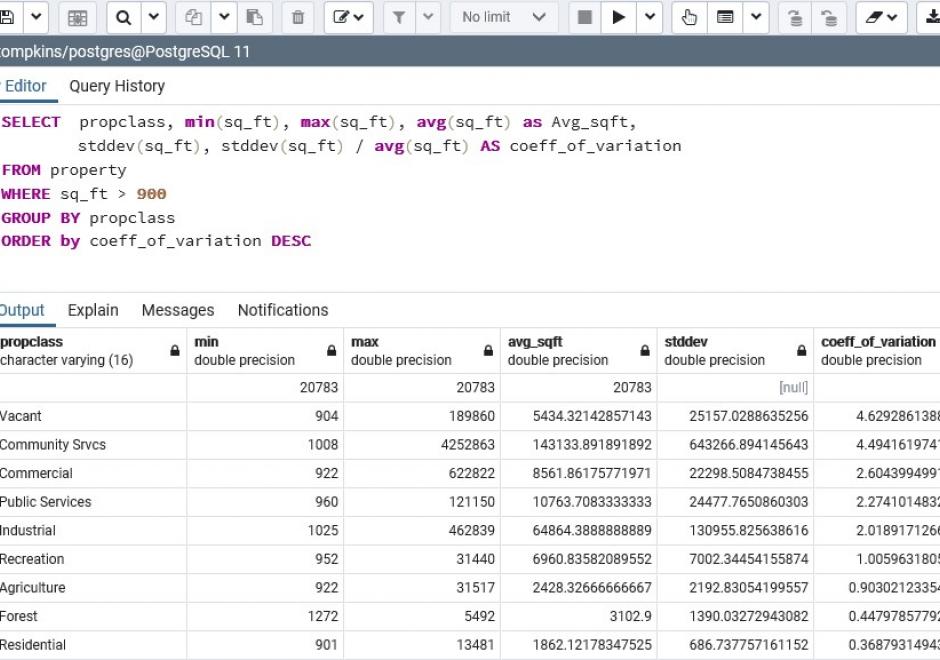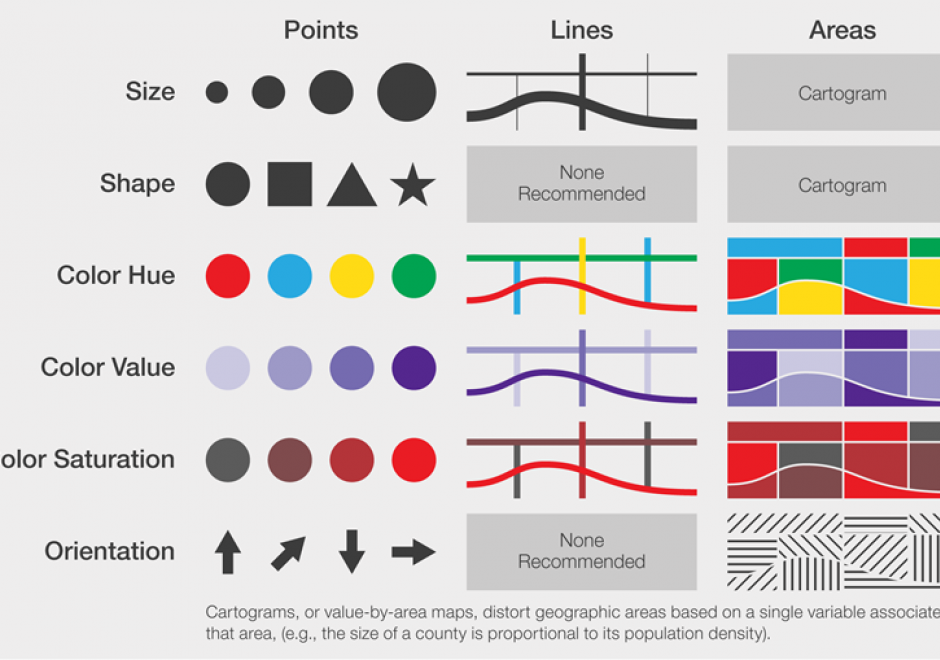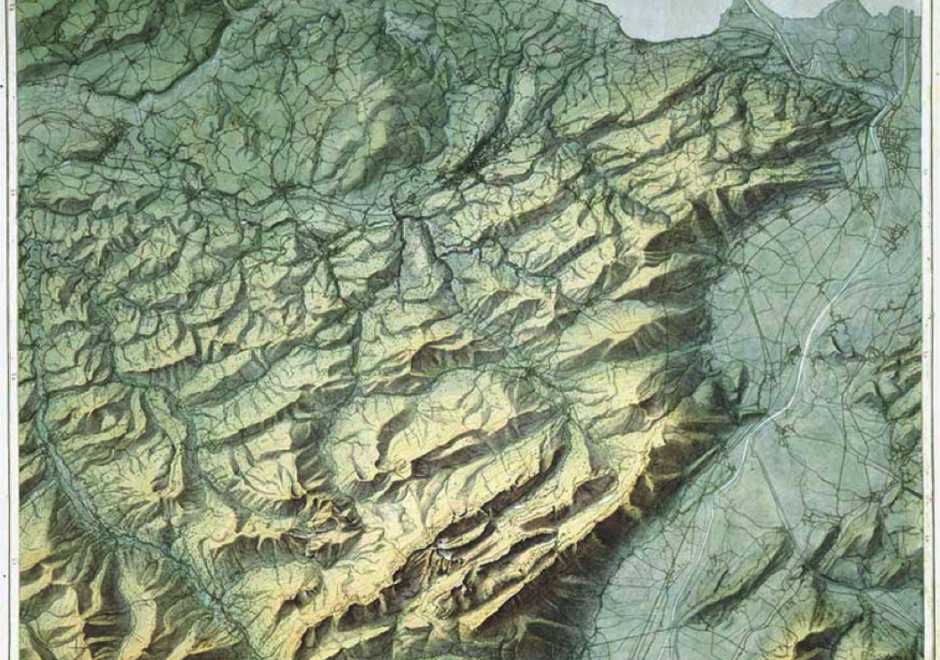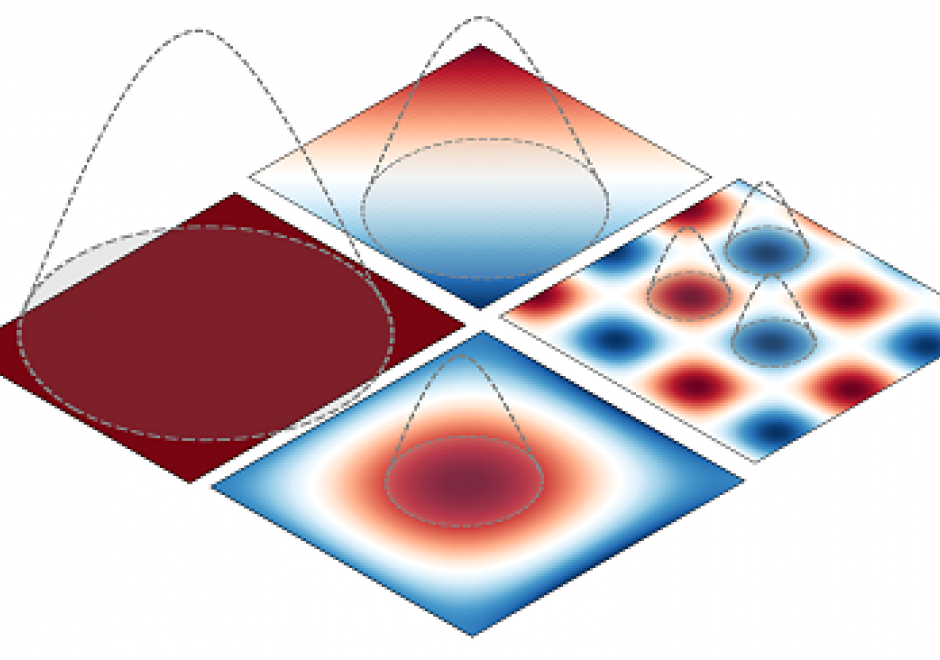FC-12 - Structured Query Language (SQL) and attribute queries

The structured query language (SQL) for database interrogation is presented and illustrated with a few examples using attribute tables one might find in a common GIS database. A short background is presented on the history and goals that the creators of the SQL language hoped to achieve, followed by a review of SQL utility for data query, editing, and definition. While the SQL language is rich in content and breadth, this article attempts to build on a simple SQL and then iteratively add additional complexity to highlight the power that SQL affords to the GIS professional who has limited programming capabilities. The reader is asked to consider how minor modifications to SQL syntax can add complexity and even create more dynamic mathematical models with simple English-like command statements. Finally, the reader is challenged to consider how terse SQL statements may be used to replace relatively long and laborious command sequences required by a GIS GUI approach.






DC-11 - Street-level Imagery
Street-level imagery consists of collections of photographs taken from the perspective of moving pedestrians or vehicles. These collections are often stitched together digitally and georeferenced to create interactive and immersive landscapes that are virtually navigable by users. Such landscapes, sometimes called 360-degree panoramas, or bubbles, are uploaded onto web platforms, and linked with geographical databases, which allows users to search and explore the imagery in various ways. IT companies such as Google have created street-level imagery platforms that rely primarily on paid drivers, although they have begun to rely on contributor submissions to complement and expand their coverage. Recently services such as Mapillary and OpenStreetCam have advanced a model that relies primarily on volunteer contributors, leveraging community interest from projects such as OpenStreetMap. While street-level imagery has become a widespread tool with multiple commercial and non-commercial applications, it is also entangled various legal and public opinion controversies, due to its capabilities for private data collection and surveillance.